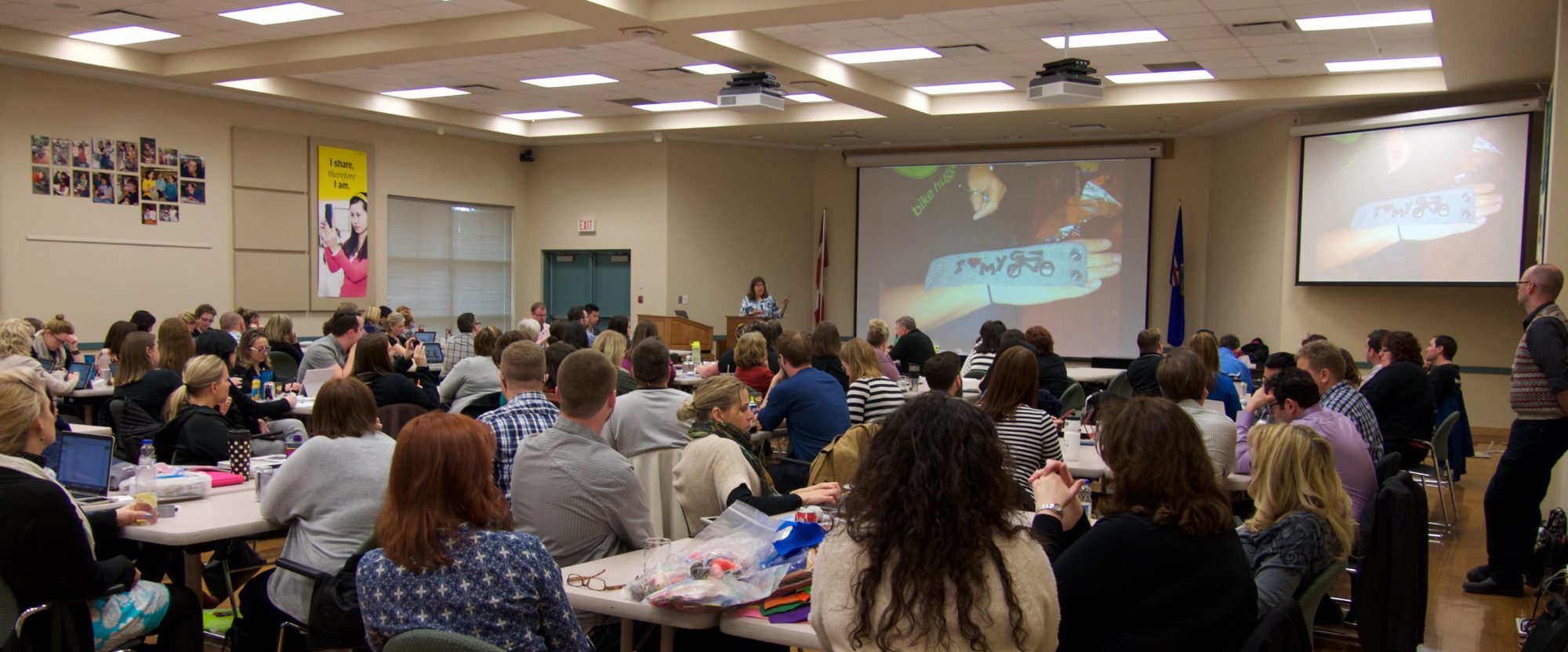“Fair use” is the doctrine that allows some use of copyrighted material for education purposes without requiring the permission of the copyright holders.
However, confusion about what exactly is allowed has caused many educators and students to either avoid ALL copyrighted materials just to be safe, or to use ANYTHING without regard to copyright laws. According to a report last year from this same organization, teachers’ lack of copyright understanding impairs the teaching of critical thinking and communication skills.
To help everyone understand fair use, The Code of Best Practices in Fair Use for Media Literacy Education was released today by the Center for Social Media in the School of Communication at American University.
The Code of Best Practices in Fair Use for Media Literacy Education outlines five principles, each with limitations:
Educators can, under some circumstances:
- Make copies of newspaper articles, TV shows, and other copyrighted works, and use them and keep them for educational use.
- Create curriculum materials and scholarship with copyrighted materials embedded.
- Share, sell and distribute curriculum materials with copyrighted materials embedded.
Learners can, under some circumstances:
- Use copyrighted works in creating new material.
- Distribute their works digitally if they meet the transformativeness standard.
The limitations and circumstances are explained more fully in the report.
Along with reports like this one, the Center website contains some really useful resources for classroom use. Classroom and discussion guides, videos that are perfect to start class discussions and projects, and more.
Thanks to Doug Johnson of the Blue Skunk Blog for the heads-up on this valuable resource!

Thanks, Sylvia, for helping spread the word. I am excited about this guide.
Doug
Sylvia–
The release event is also recorded in a wikispace that will become a forum for educators. I encourage folks to visit, and join, and share how they are dealing with this release and encouraging folks to exercise their rights as content creators under fair use. I also recommend checking out the Teaching About Fair Use page on Temple Media Lab’s site. There are all kinds of great lessons, examples, case studies and materials that can be used to help develop understanding.
Thanks for this resource Sylvia. I’m looking forward to meeting you at Mohonk where you are speaking this Friday. Teachers are always asking me about fair use and where to draw the line. It’s even harder to define today in the mashup culture. Thanks again,
Aaron